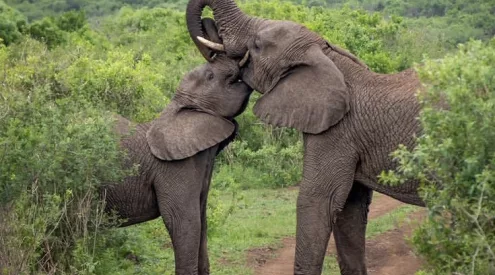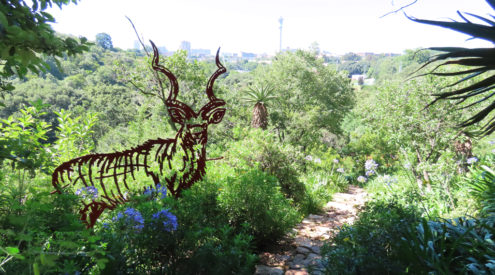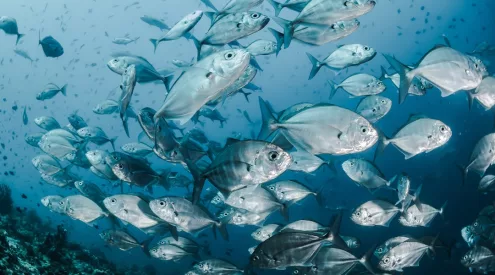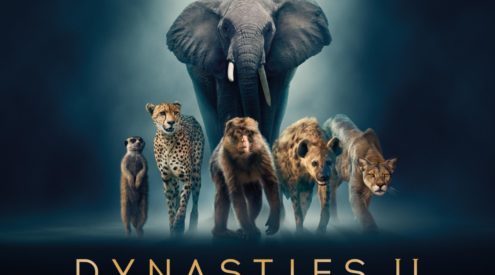We loved this series of images captured by Wildlife ACT in Hluhluwe-iMfolozi Park.
Update, July 2015: in a world first, the cowboy genet was finally caught on video – and you can tell by the way he sticks onto this rhino, that this ain’t his first rodeo.



Apparently this little guy likes to catch rides on the larger beasts fairly regularly. Doesn’t look like this buffalo has any problem with being taken for a ride!
Check out the original post, and a few more pics, here.
Thanks to @christiefynn and @wildlifeACT for sharing these great photos.
(Read: how to set up a camera trap).
UPDATE, September 2014: It looks like our cheeky genet friend has more than one taxi option!


Do you have any bets about what large animal this genet will be riding next?
Wildlife ACT info
Wildlife ACT is a one-of-a-kind wildlife-monitoring organisation that focuses on the following key conservation elements:
- Delivering time and expertise to provide adequate management, capture, transport for the reintroduction of endangered and threatened species to new areas (focus on African Wild Dog, Cheetah, Black Rhino & Vultures).
- Finding and funding the right equipment needed to effectively monitor endangered and threatened species.
- Training field rangers to effectively monitor endangered and threatened species, by using the right approaches and technologies to minimise disturbance.
- Establishing and running sustainable, focussed wildlife monitoring projects.
Wildlife ACT allows volunteers to join their team in the field. To find out more about volunteering with Wildlife ACT email, [email protected].
Camera trap info
Wildlife ACT uses camera traps as a non-invasive form of wildlife monitoring on a few of the Zululand Game Reserves where they are stationed. The camera traps are placed strategically and usually in hard to navigate areas. They are triggered by movement and use a flash at night that doesn’t irritate the animals as is evident in this series of images. These camera traps are perfect for monitoring generally shy or nocturnal animals or priority species such as rhino, cheetah and leopard. By studying the photographs collected they are able to identify individual animals and plot their territories. This is critical to their ongoing research and makes it easier to monitor animals in the future.




















